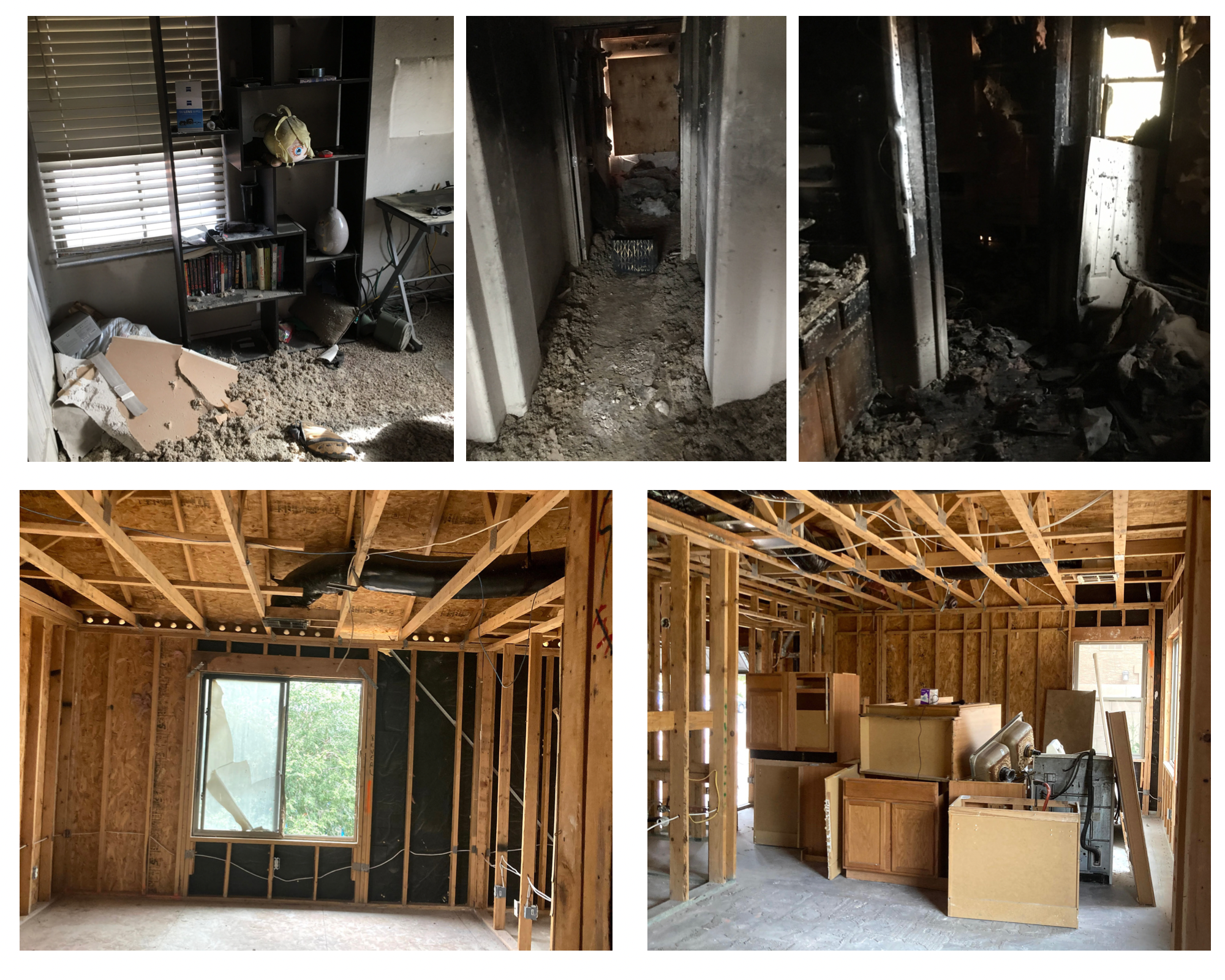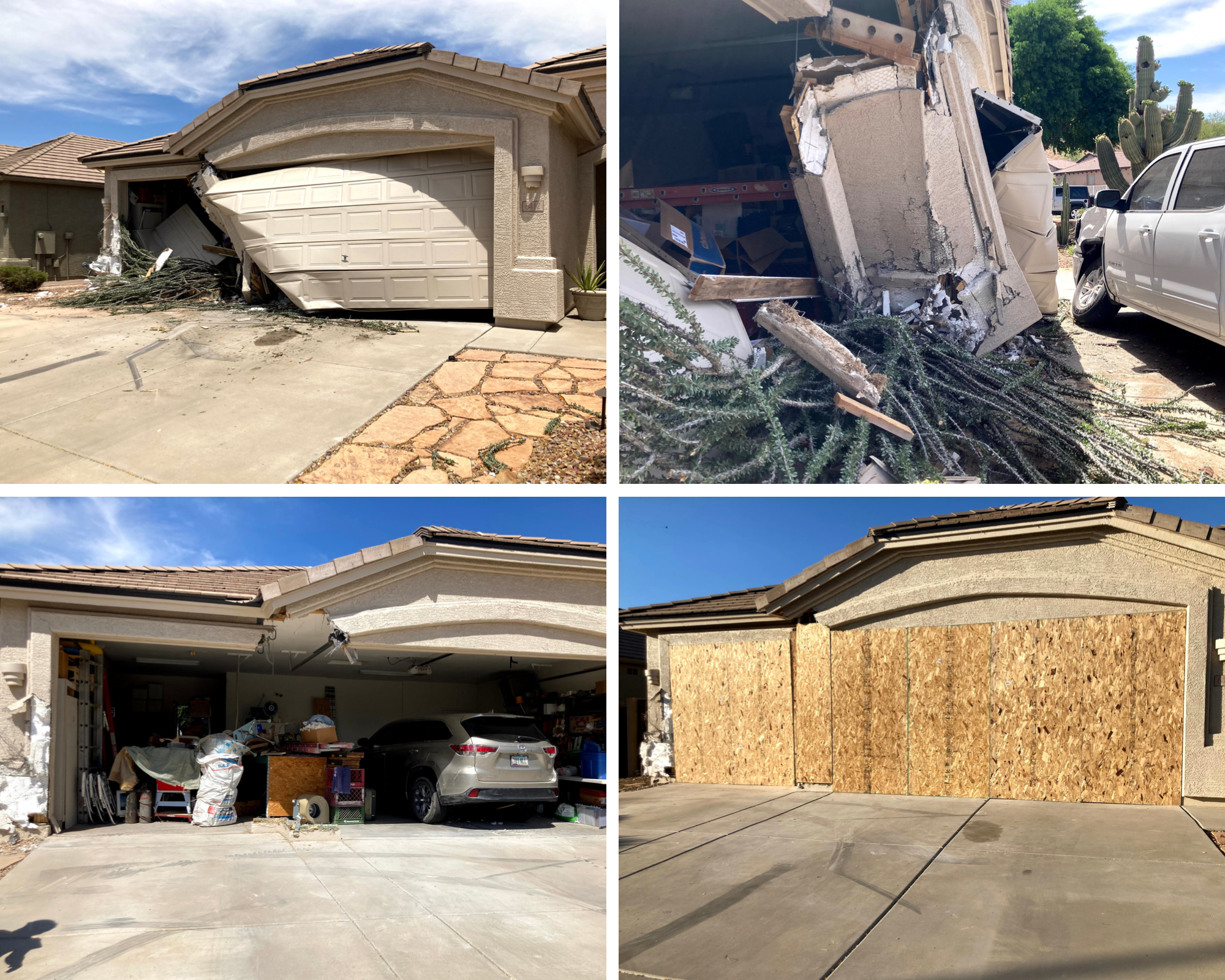
Water Damage Mitigation
Water damage mitigation involves the process of reducing or preventing the harmful effects of water intrusion into a property. This includes identifying the source of the water, stopping it if possible, and removing any standing water to minimize further damage. Key steps often include drying and dehumidifying affected areas, cleaning, and sanitizing to prevent mold growth, and repairing or replacing damaged materials like drywall, flooring, or insulation. Effective water damage mitigation helps to preserve the structural integrity of a building, prevent health hazards, and reduce the overall cost of repairs.
Fire Damage Restoration
Fire damage restoration is the process of repairing and restoring a property after a fire has occurred. It involves a thorough assessment to determine the extent of the damage caused by flames, smoke, and soot. The first step is to secure the property and ensure safety, followed by removing debris and cleaning surfaces to eliminate smoke and soot residue. Specialized techniques and equipment are used to deodorize the space and prevent lingering odors. Restoration may also include repairing structural damage, replacing damaged materials, and addressing water damage caused by firefighting efforts. The goal is to restore the property to its pre-fire condition while ensuring the health and safety of the occupants.


Mold Remediation
Mold remediation is the process of identifying, removing, and preventing mold growth in a building or property. It begins with a thorough inspection to locate areas affected by mold, often hidden in damp or water-damaged spaces. Once identified, the contaminated materials, such as drywall, insulation, or carpeting, are safely removed and discarded. The area is then thoroughly cleaned and sanitized using specialized equipment and cleaning agents to kill mold spores and prevent future growth. In addition, efforts are made to address the underlying moisture problem, whether from leaks or high humidity, to prevent mold from returning. The goal of mold remediation is to create a healthy, mold-free environment and protect the building’s structural integrity.
Board-up and Roof Tarp
Board-up and tarp-up are emergency services used to protect a property from further damage after an event like a fire, storm, or vandalism. Board-up involves securing windows, doors, and other openings with sturdy plywood boards to prevent unauthorized access, weather elements, or additional damage. Tarp-up, on the other hand, is the process of covering a roof, walls, or other exposed areas with durable tarps to shield the property from rain, wind, or further environmental hazards. Both techniques are essential for stabilizing the property, preventing further damage, and ensuring safety until permanent repairs can be made.

